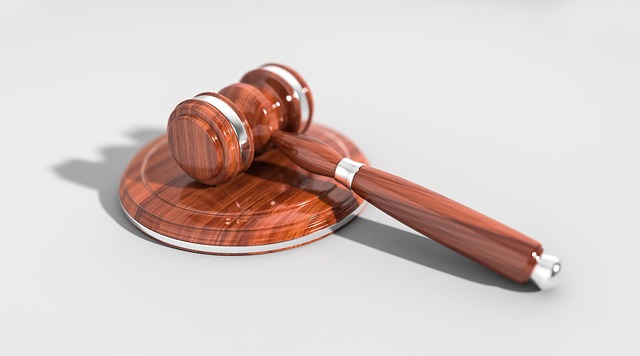Punitive damages, or exemplary damages, play a crucial role in personal injury law, especially in wrongful death damages cases, serving both compensation and deterrence. They are substantial if there's evidence of intentional disregard for safety protocols and ensure accountability for negligent caregivers, healthcare providers, or institutions. Distinguishing between punitive and compensatory damages is vital; the former punishes defendants and deters future misconduct, while the latter restores financial losses like medical bills and lost wages. In wrongful death damages cases, understanding these distinctions helps victims seek appropriate remedies beyond compensation for their harm.
In the complex landscape of personal injury law, understanding the nuances between different types of damages is pivotal, especially in sensitive cases like wrongful death. This article delves into the distinct worlds of punitive and compensatory damages, two powerful legal tools with unique purposes and implications. We explore how these damages vary in focus, calculation, and their profound effects on survivors and wrongdoers alike, shedding light on crucial distinctions within the realm of wrongful death claims.
Understanding Punitive Damages

Punitive damages, also known as punitive or exemplary damages, serve a distinct purpose in personal injury law, particularly in cases of wrongful death. Unlike compensatory damages that focus on rectifying actual losses and injuries, punitive damages aim to punish and deter individuals or entities responsible for reckless, willful, or malicious conduct. When filed as part of a wrongful death claim, these damages are sought not only to provide financial relief to the victim’s family but also to send a strong message to prevent similar acts of negligence or misconduct in the future.
In cases involving caregiver negligence, where a healthcare provider or institution exhibits gross neglect leading to a patient’s harm or death, punitive damages can play a crucial role. Courts may award these damages when there is clear evidence of intentional disregard for the safety and well-being of the patient, such as deliberate ignorance of established protocols or blatant violations of industry standards. By assessing punitive damages, courts not only hold caregivers accountable for their actions but also ensure that the victims’ families receive a level of compensation that reflects the severity of the harm inflicted.
– Definition and purpose

In legal terms, punitive and compensatory damages serve distinct purposes after a wrongful act has caused harm to an individual or entity. Punitive damages are designed to punish the defendant for their actions, aiming to deter similar misconduct in the future. This type of damage is often awarded in cases involving gross negligence, willful disregard for safety, or intentional acts of malicious behavior, such as nursing home abuse or caregiver abuse. The primary goal is not financial compensation but to impose a penalty on the offender, making it a powerful tool for justice in extreme cases.
On the other hand, compensatory damages are meant to restore an individual’s financial position after suffering losses due to someone else’s wrongful actions. This includes various forms of harm, such as physical injuries, emotional distress, or property damage. In the context of homeowner insurance claims, compensatory damages help homeowners recover costs associated with repairs, replacement of belongings, and medical expenses resulting from incidents like accidents or natural disasters. It is crucial for victims to understand these distinctions to seek appropriate remedies when dealing with wrongful death damages or other legal disputes.
– When are they awarded?

When it comes to seeking justice and compensation after an injury or loss, understanding the distinctions between punitive and compensatory damages is crucial. Compensatory damages are awarded to restore an individual to their pre-injury state, covering expenses like medical bills, lost wages, and pain and suffering. These damages are typically sought in personal injury cases, including instances such as a truck accident attorney representing a victim or a medical malpractice suit against healthcare providers. They aim to provide a fair and just reimbursement for the harm suffered.
On the other hand, punitive damages are meant to punish and deter wrongdoers, especially in cases of gross negligence or intentional acts like caregiver negligence. Unlike compensatory damages, they do not necessarily restore the victim but rather serve as a form of punishment and a deterrent for similar future misconduct. Punitive damages may be awarded in addition to compensatory damages, depending on the severity of the offense and local legal precedents.
In navigating the complex landscape of legal remedies, understanding the distinctions between punitive and compensatory damages is crucial, especially in cases involving wrongful death. While compensatory damages aim to restore the victim’s losses, punitive damages serve as a deterrent, penalizing defendants for malicious or reckless conduct. This article has explored the definitions, purposes, and circumstances under which each type of damage is awarded, highlighting their unique roles in seeking justice and ensuring accountability.






